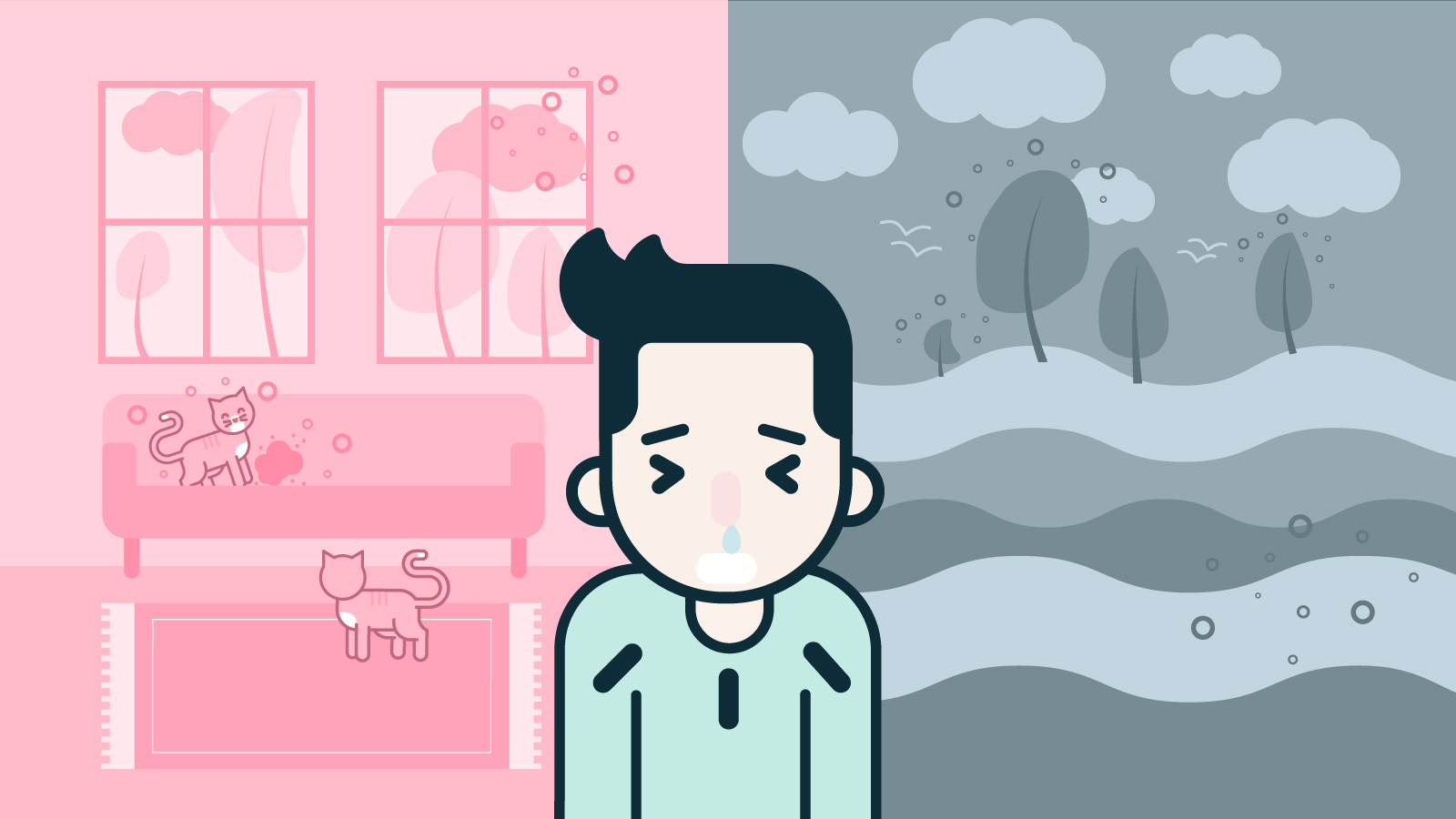Although hay fever season has already started – as those who are allergic to tree pollen will know – the end of May and middle of June will see the peak of the grass pollen season.
If you’ve had hay fever before you’ll definitely know about it, but although hay fever usually develops in childhood it can start at any time of life. So it’s worth being able to recognise the symptoms, which are typified by itchy, watery eyes, a runny nose and sneezing.
What is hay fever?
Hay fever is the common term for a condition called allergic rhinitis. It’s an allergic reaction to pollens, which may be grass, tree or weed pollen, and it usually presents itself between March and September.
Grass pollen allergies are far more common than allergies to tree pollen, and affect 95% of hay fever sufferers.
Hay fever symptoms (Allergic rhinitis)
Common symptoms: a runny nose or a blocked nose, an itchy nose, sneezing, itchy & watery red eyes, itchy throat.
Less common symptoms: loss of smell, face pain, sweats, headache.
For the 20% of the UK population who suffer with hay fever, being inside more due to current restrictions may reduce their exposure to pollen. However, pollen can also get inside homes, for example through an open window, so it’s worth keeping this in mind on days when the pollen count is high. So whether you’re stuck inside or free to spend more time outdoors, keep an eye on the BBC’s daily pollen forecast and take suitable precautions.
So, what else causes allergic rhinitis?
Hay fever and pollen allergies are just one type of allergic rhinitis – which is caused by the immune system reacting to different allergens and triggering the symptoms described above. But there are some other causes closer to home that can cause allergy symptoms all year round.
Dust mites Allergic reactions to house dust are actually caused by dust mites. Invisible to the eye, they thrive in warm, humid places. They tend to breed in the summer months, although they are often at their worst in unventilated homes in the autumn.
Despite their name, they don’t reflect that a house is dusty, and are often found in pillows, mattresses, carpeting and upholstered furniture. They float into the air when anyone vacuums, walks on a carpet or disturbs bedding and they settle once the disturbance is over.
Like pollen they cause allergic reactions, which can be more severe in asthma sufferers, causing wheezing or breathing difficulties.
Pets It's actually not the pet fur that causes an allergic reaction – it's flakes of their dead skin, saliva and dried urine. You can also be sensitive to certain species of animals only and even to some cats and not others.
This is because it’s the protein in their saliva that mainly causes the allergic reaction – animals like cats are especially bad as they constantly lick themselves all over! Luckily if you’ve grown up with a pet dog or cat you’re less likely to develop an allergic reaction.
Mould If your house is damp or has areas of mould, tiny particles released by moulds can cause an allergic reaction in some people. If mould is a problem in your house it’s important to deal with it, as prolonged exposure can also cause respiratory problems such as infections or asthma. Solutions may be as simple as increasing ventilation in your home.
If you’ve noticed that you have allergy symptoms throughout the year, it’s unlikely to be hay fever and may be caused by something in your home. Your GP may be able to help find out what the allergen is.
Getting help for hay fever and allergies
For help preventing these allergies, read the NHS allergy prevention page. For most common symptoms of both hay fever and other allergies, a pharmacist will be able to suggest appropriate treatments, such as antihistamine medication. These will help ease the symptoms such as itchy and watery eyes, sneezing or a blocked nose. If you are unsure about what your symptoms are and can’t speak to a pharmacist, see a Livi GP.
If you’ve tried over-the-counter remedies for hay fever and your symptoms are affecting your life, eg. interfering with work, sleep or school – then it could be time to see a GP. They may be able to give you a different prescription or advise you on alternative treatments.


